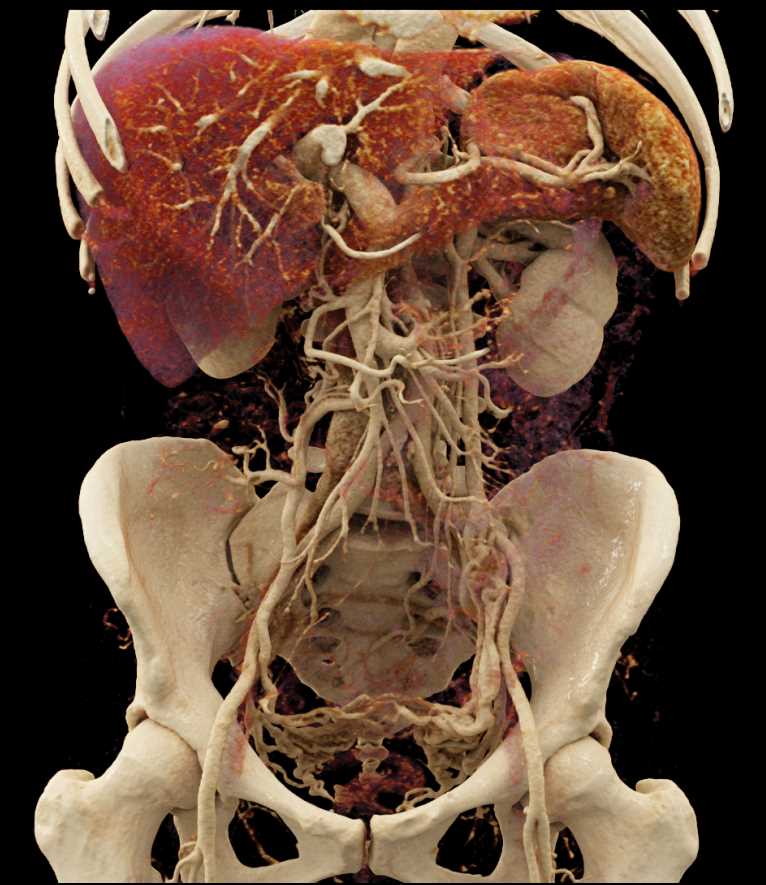

If you are ready to seek professional help for possible trauma symptoms, you can work with a psychotherapist or counselor to identify your potential triggers. The researchers found that participants were significantly unaware of the triggers that led up to the intrusive memories. Over 7 consecutive days, they reported a total of 294 intrusions. Then, you can begin making connections and identifying similarities to identify your triggers.Ī 2013 study asked 46 trauma survivors to complete a daily diary to identify possible intrusions (unwanted trauma memories). There are different ways to accomplish this.įirst, you can start a journal and write down your thoughts, feelings, and environment at the time of your flashbacks or feelings of panic. Triggers often feel unpredictable, but when we identify our triggers, we find connections between events, feelings, or sights that cause an immediate emotional or behavioral reaction.

Once you identify a trigger, you’ve taken the first step to learning to manage it. However, our triggers can also be subtle and even surprising. Sometimes, you can quickly identify a trigger and begin to anticipate it. Other examples of emotional triggers are: This could then trigger memories of childhood experiences, causing emotional flooding and overwhelm. You might encounter a seemingly manageable situation as an adult in which you feel helpless, which might remind you of times when you were truly helpless as a child. Sometimes, a particular emotion is associated with the traumatic event. experiencing a violation of your boundaries.encountering someone with perceived narcissism.Some circumstances that trigger emotions may be: Sometimes, we may find ourselves in certain situations that trigger a traumatic memory. Possible triggers that come from smells include: As it works on figuring it out, it can also jog memories of when we’ve encountered that same scent before. When we smell something, our brain immediately tries to identify the scent. It’s easy for a smell to bring up mental images and feelings you associate with that smell, like the smell of cinnamon evoking memories of Christmas. Our senses connect directly to our brains and constantly send messages as we interact with the world around us. healthcare professionals, such as first responders.people of similar ages and characteristics to others involved in the traumatic situation.For example, after a car accident, seeing a similar car to the one you were driving at the time of the traumatic event can lead to an unwanted response. Seeing a particular item, environment, or person can easily be a trigger. Some examples of trigger sounds can include: Hearing a specific sound can lead to an unwanted response and trigger our bodies to react and feel unsafe, even in a secure environment. Some examples of possible trauma triggers include: Sounds Trauma triggers vary widely between people, and they can be anything at all, such as feeling a certain emotion, encountering an everyday event, or seeing a highly specific pattern. Chances are, two people who experience a similar traumatic event won’t share triggers or have the same symptoms afterward. Responses to trauma are very individualized. Triggers are often key events in which PTSD symptoms arise or are noticed. A smaller window of tolerance means stressors are more likely to cause greater emotional upset.Įxperiencing triggers is a defining feature of post-traumatic stress disorder (PTSD). This is partly because trauma reduces your window of tolerance - the emotional zone in which you feel grounded, balanced, and calm. How we respond when triggered depends on the person and can range in severity.Īfter encountering a trigger, it can take some time for your nervous system to recover and return to baseline. Think of the reaction to triggers as a defense mechanism: The memory of the traumatic event places you right back into the experience, which causes your walls to go up against the perceived threat in an attempt to protect yourself.įlashbacks, although uncommon, can be set off by triggers. The mind perceives triggers as a threat and causes a reaction like fear, panic, or agitation. You might feel the same things that you felt at the time of the trauma, as though you were reliving the event. You cannot stop the intrusive thoughts, and in response, you feel a turn in your emotions and begin to react.Ī trigger might make you feel helpless, panicked, unsafe, and overwhelmed with emotion. When you encounter a trigger, memories and thoughts associated with the trauma come back without warning. A trigger can be anything that sparks a memory of a trauma, or a part of a trauma.


 0 kommentar(er)
0 kommentar(er)
